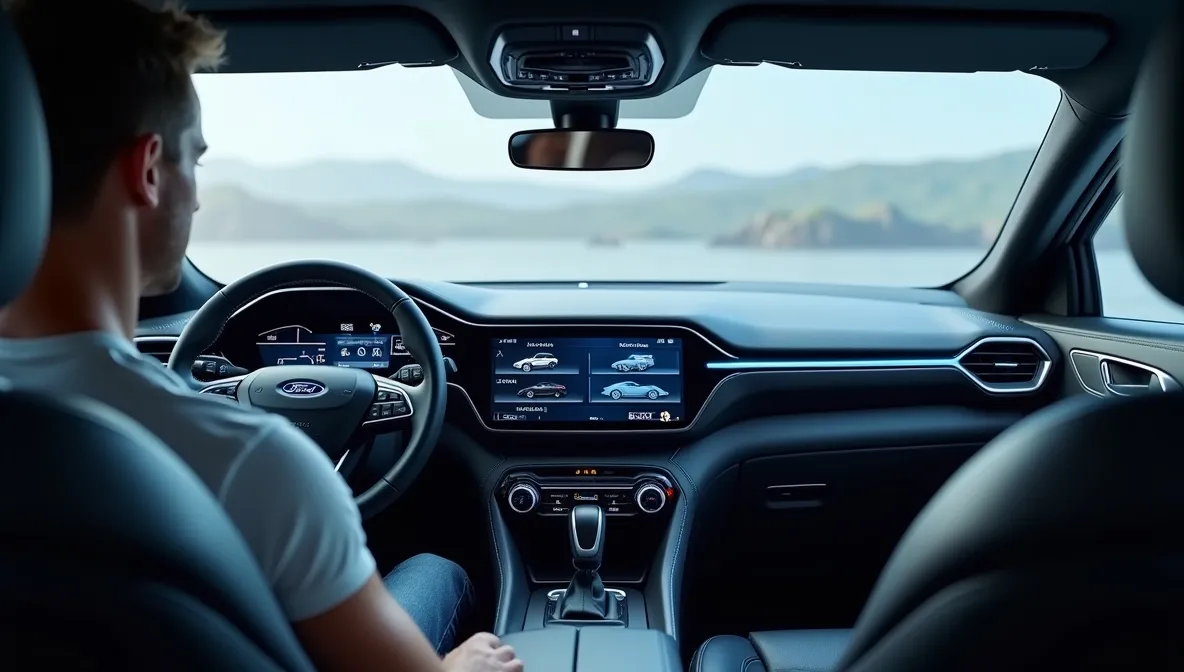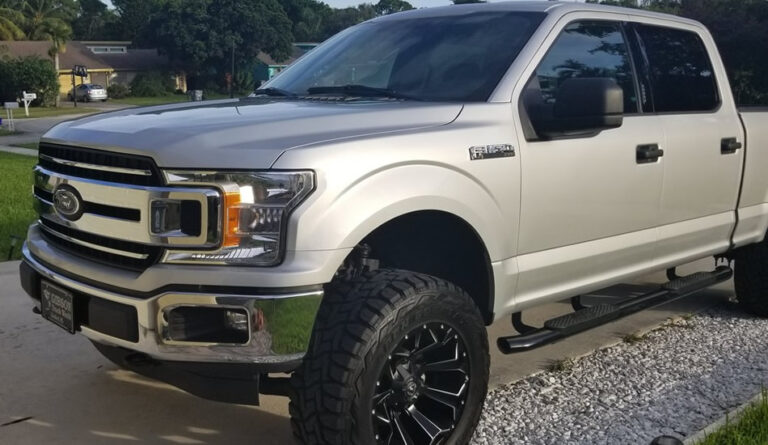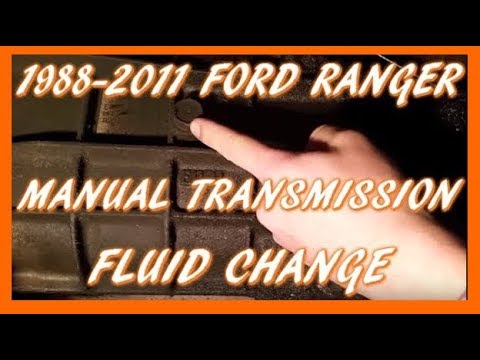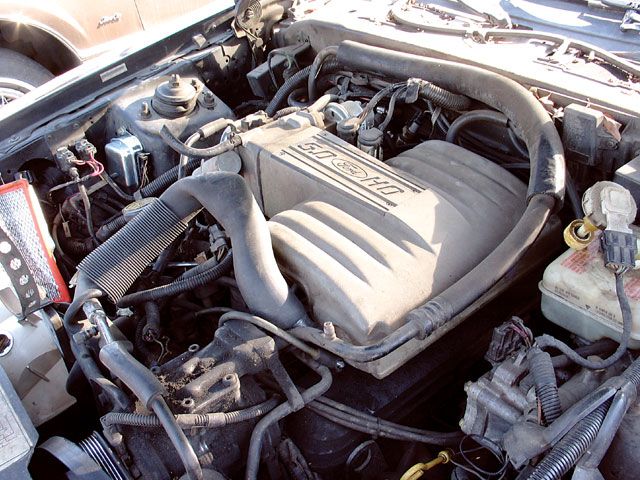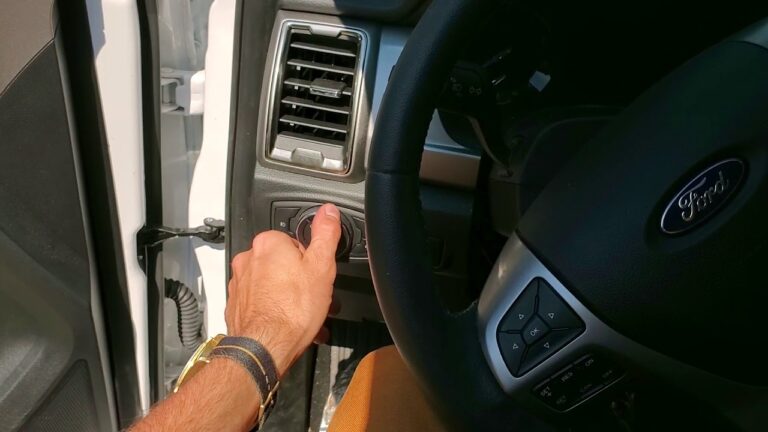Can You Change Ford Drive Modes While Driving?
Can You Change Ford Drive Modes While Driving? Changing drive modes while driving a Ford vehicle is not only possible but also designed to enhance the driving experience across various conditions.
This blog post will explore the functionality of Ford’s drive modes, how they can be adjusted on the fly, and the implications of making these changes while in motion.
Understanding Ford Drive Modes
Ford vehicles, particularly models like the F-150, come equipped with various selectable drive modes that tailor the vehicle’s performance to different driving conditions. These modes include:
- Normal Mode: Standard driving settings for everyday use.
- Eco Mode: Optimizes fuel efficiency by adjusting throttle response and transmission settings.
- Sport Mode: Enhances performance by altering shift points and throttle response for a more dynamic driving experience.
- Tow/Haul Mode: Adjusts the transmission for towing heavy loads, providing better engine braking.
- Slippery Mode: Aids in maintaining traction on wet or icy surfaces.
- Deep Snow/Sand Mode: Optimizes traction in challenging terrains, such as deep snow or sand.
- Mud/Ruts Mode: Enhances traction and control in muddy or uneven conditions.
- Rock Crawl Mode: Provides maximum traction and control for off-road situations.
How Drive Modes Work
Each drive mode modifies several vehicle dynamics, including throttle position, steering response, and transmission behavior. For instance:
- In Eco Mode, the vehicle might reduce throttle input, shift to higher gears sooner, and even deactivate certain cylinders to conserve fuel.
- In Sport Mode, the vehicle holds gears longer and increases throttle sensitivity, making it feel more responsive and powerful.
These adjustments are made by the vehicle’s onboard computer systems, which analyze driving conditions and make real-time changes to optimize performance.
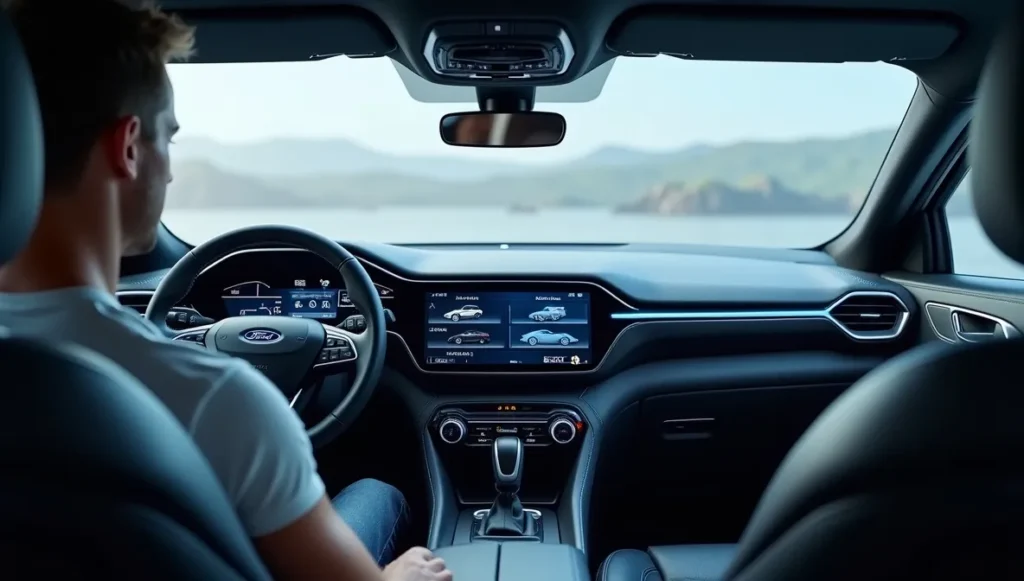
Changing Drive Modes While Driving
One of the significant advantages of Ford’s drive mode system is its ability to allow drivers to change modes while on the move. This feature is particularly beneficial for adapting to changing road conditions without needing to stop.
Safety Considerations
While it is generally safe to switch between most drive modes while driving, there are a few considerations:
- Speed Limitations: Some modes may require that the vehicle be moving at a low speed for optimal engagement. For example, switching into four-wheel drive (4WD) may be restricted to lower speeds.
- Type of Mode Change: Switching between performance-oriented modes like Eco and Sport is typically seamless. However, changing into modes designed for specific terrains (like Rock Crawl or Mud/Ruts) may require more caution due to their specialized nature.
User Experiences
Many Ford drivers have shared their experiences regarding changing drive modes during operation. Most report that switching between Eco and Sport modes can be done effortlessly while driving.
For instance, drivers often switch to Sport mode when overtaking or merging onto highways for a boost in responsiveness.
Conversely, some users have noted that they prefer not to switch into reverse or other more drastic changes while moving due to potential risks associated with abrupt changes in vehicle dynamics.
Benefits of Changing Drive Modes
The ability to change drive modes while driving offers several benefits:
- Enhanced Control: Drivers can quickly adapt their vehicle’s performance based on immediate road conditions (e.g., switching to Slippery mode during rain).
- Improved Fuel Efficiency: Engaging Eco mode when cruising can lead to better fuel economy without needing to stop.
- Dynamic Performance: Engaging Sport mode allows for a more engaging driving experience when desired, such as during highway merges or passing maneuvers.
Can you switch between drive modes while driving on the highway?
Switching between drive modes while driving on the highway is generally permissible and can enhance your driving experience.
Modern vehicles, including many Ford models, are designed to allow drivers to change drive modes without needing to stop, providing flexibility in adapting to different driving conditions.
Understanding Drive Modes
Ford vehicles come equipped with various drive modes such as:
- Normal Mode: Standard driving settings for everyday use.
- Eco Mode: Focuses on fuel efficiency by optimizing throttle response and shifting patterns.
- Sport Mode: Enhances performance by adjusting throttle sensitivity and shift points for quicker acceleration.
- Tow/Haul Mode: Optimizes performance for towing heavy loads.
- Slippery Mode: Aids traction on wet or icy roads.
- Off-Road Modes: Tailored for specific terrains like mud, sand, or rock crawling.
Can You Switch Drive Modes While Driving?
Yes, you can switch between drive modes while driving on the highway. This feature is particularly useful for adapting to changing road conditions or personal driving preferences without needing to pull over.
Many drivers report switching from Eco to Sport mode when merging onto highways or overtaking other vehicles, finding it enhances responsiveness and power when needed.
Safety Considerations
While it is safe to change drive modes at highway speeds, there are some important considerations:
- Steering Control: It is recommended to switch modes only when the vehicle is traveling in a straight line. Avoid changing modes during turns as it could affect vehicle dynamics.
- Speed Limitations: Some manufacturers may specify that certain modes should only be engaged at lower speeds. However, most modern cars are built to handle mode changes seamlessly at highway speeds.
Benefits of Changing Drive Modes on the Highway
- Enhanced Performance: Engaging Sport mode while driving can provide quicker throttle response, making it easier to accelerate when needed, such as during overtaking maneuvers.
- Fuel Efficiency: Switching back to Eco mode during highway cruising can help maximize fuel efficiency, especially on long trips where maintaining a steady speed is possible.
- Adaptability: The ability to switch modes allows drivers to respond quickly to changing road conditions, such as transitioning from dry pavement to wet or slippery surfaces.
User Experiences
Many drivers have shared their experiences regarding switching drive modes while on the highway.
For instance, users often report that switching from Eco to Sport mode enhances their vehicle’s responsiveness significantly when merging into fast-moving traffic or passing slower vehicles.
Others have noted that they frequently switch modes based on traffic conditions and personal preferences without experiencing any adverse effects on their vehicles.
Conclusion
In summary, changing drive modes while driving is a feature designed for convenience and enhanced safety in Ford vehicles.
With various options tailored for different conditions, drivers can optimize their vehicle’s performance on-the-fly. Whether navigating through slippery roads or seeking a sportier driving experience, understanding how and when to change these modes can significantly enhance your overall driving experience.
As always, it’s essential to remain aware of your surroundings and understand your vehicle’s capabilities when making these adjustments. By doing so, you can ensure a safe and enjoyable ride no matter where the road takes you.

